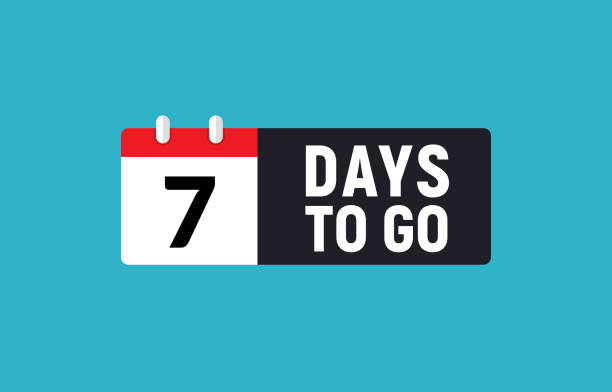The 7-Day Financial Reset: Simple Steps to Reboot Your Budget

Sometimes, your budget just needs a fresh start. If you’ve been overspending, losing track of bills, or feeling stressed about money, a short reset can help you regain control. This 7-day challenge is designed to give you simple, manageable steps each day to clean up your finances, rebuild habits, and set yourself up for success.
Day 1: Track Every Dollar
Spend today writing down all of your expenses—yes, every coffee, subscription, or grocery purchase. Awareness is the first step toward change. Use a notebook, an app, or a spreadsheet.
Day 2: Cancel What You Don’t Use
Review subscriptions, memberships, and recurring charges. If you haven’t used it in the last month, cancel or pause it. These small leaks add up faster than you think.
Day 3: Set a Mini Emergency Fund Goal
Decide on a starter safety net, even if it’s just $500. Transfer money into a separate savings account dedicated to unexpected expenses.
Day 4: Do a Pantry and Closet Audit
Before spending more, take stock of what you already own. Plan meals around what’s in your pantry. Revisit your closet—you may find items that feel “new” when styled differently.
Day 5: Automate the Essentials
Set up automatic payments for at least your minimum debt payments, utilities, and savings transfers. This reduces stress and prevents costly late fees.
Day 6: Set One Short-Term Goal
Pick a financial milestone you can hit in the next 1–3 months. It could be paying off a small debt, saving $300, or sticking to a strict grocery budget. A short-term win builds momentum.
Day 7: Reflect and Adjust
Look back at the week. What felt easy? What was hard? Use those insights to tweak your budget for the month ahead. This reflection helps make your reset sustainable.
The Bottom Line
A financial reset doesn’t have to be overwhelming or complicated. With one intentional step each day, you can rebuild confidence, cut waste, and create a budget that works for your real life.